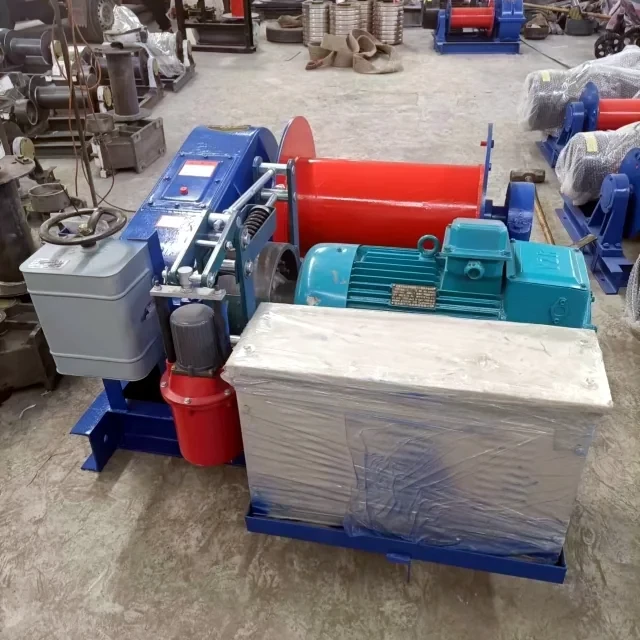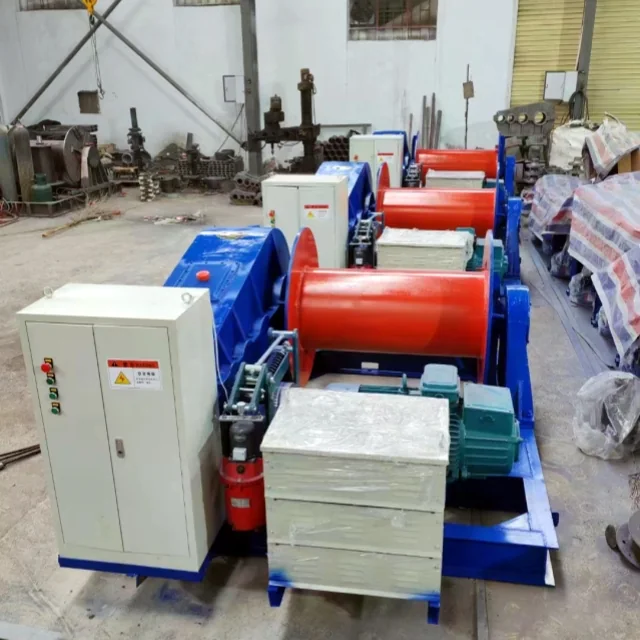Hydraulic brake systems are the backbone of industrial and heavy machinery safety, but air contamination can silently compromise their reliability. This guide delivers a systematic approach to identifying air infiltration, executing effective removal procedures, and implementing preventive measures—critical knowledge for equipment operators and maintenance teams.
Hydraulic Brake Air Contamination Risks
How Air Infiltration Compromises Brake Performance
Air bubbles in hydraulic fluid create compressible zones, disrupting the incompressible nature of the system. This leads to:
- Spongy brake pedals: Reduced force transmission delays engagement.
- Inconsistent pressure: Air expands under heat, causing erratic braking.
- Component corrosion: Oxygen in air accelerates fluid degradation.
Ever wondered why brakes feel firm initially but weaken during operation? Air’s compressibility is often the culprit.
Critical Indicators Beyond Delayed Release
Watch for these subtle signs:
- Unusual noises: Hissing or gurgling suggests air movement.
- Fluid discoloration: Milky or foamy fluid indicates aeration.
- Uneven pad wear: Air pockets cause irregular caliper pressure.
Proven Methods for Air Removal
Two-Person Manual Bleeding Protocol
Tools needed: Wrench, clear tubing, catch basin, fresh brake fluid.
- Prep the system: Top off the master cylinder with fresh fluid.
- Open the bleeder valve: Attach tubing to the caliper’s valve, submerge the other end in fluid.
- Pump and hold: Partner presses the pedal 3–4 times, then holds it down.
- Release air: Open the valve briefly to eject bubbles, then tighten. Repeat until fluid runs clear.
Pro tip: Start bleeding from the wheel farthest from the master cylinder (typically rear right).
Vacuum Pump-Assisted Bleeding Techniques
For solo operators or stubborn systems:
- Handheld vacuum pumps create negative pressure to extract air.
- Pressure bleeders force fluid upward, pushing air out through the master cylinder.
Preventing Air Ingress in Oil Pipes
Maintenance Best Practices for Sealing Integrity
- Inspect seals biannually: Worn piston seals or cracked hoses invite air.
- Use factory-approved fluids: Low-viscosity or incompatible fluids aerate easily.
- Avoid low-fluid scenarios: Always maintain levels above minimum markers.
Industry-Standard Bleeding Toolkits
For machinery like Garlway winches, prioritize:
- Sealed bleeding systems: Minimize exposure to ambient air.
- Check valves: Prevent backflow during bleeding.
Case Studies of Air-Induced Brake Failures
Mining Equipment Near-Miss Incident Analysis
A haul truck’s delayed braking was traced to air-entrained fluid. Post-incident findings revealed:
- Root cause: A loose banjo fitting at the rear axle.
- Solution: Scheduled torque checks and vacuum bleeding.
Elevator Brake System Overhaul Example
After an elevator’s emergency brake failed inspection:
- Discovery: Air pockets in the hydraulic unit caused a 0.5-second lag.
- Fix: Full fluid flush with a pressure bleeder and upgraded DOT 5.1 fluid.
Key Takeaways and Actionable Advice
- Diagnose early: Test brakes under load for sponginess.
- Bleed thoroughly: Manual or vacuum methods work—choose based on urgency.
- Prevent proactively: Seal checks and quality fluids are non-negotiable.
For Garlway equipment operators, integrating these protocols into maintenance routines ensures brake systems meet the brand’s safety benchmarks.
Next time you service machinery, ask: When did we last bleed the brakes?
Related Products
- Electric and Hydraulic Winch for Heavy Duty Applications
- Hydraulic Concrete Mixer Machine Cement Mixing Equipment for Mixture Concrete
- JDY350 Electric Hydraulic Mortar Mud Concrete Mixer
Related Articles
- How Electric Winch Components Dictate Performance and Durability
- How Quick Winch Rope Speed Transforms Industrial Efficiency
- How Winch Design Powers Reliability and Adaptability in Demanding Environments
- How Winch Technology Solves 5 Critical Heavy-Load Challenges
- How to Choose and Safely Operate Winches for Construction Efficiency




